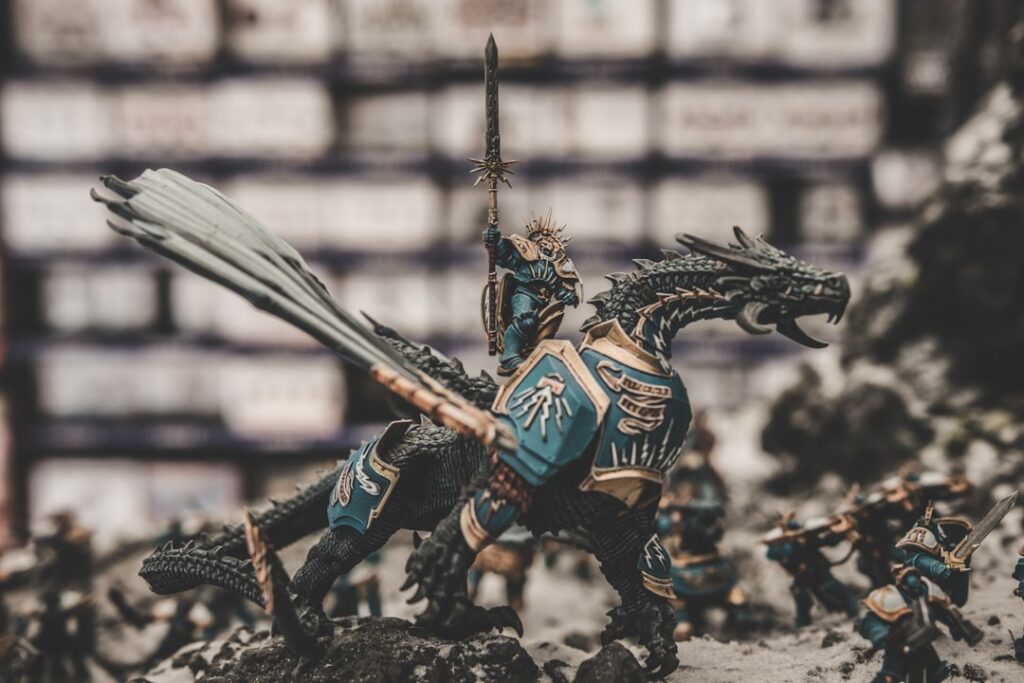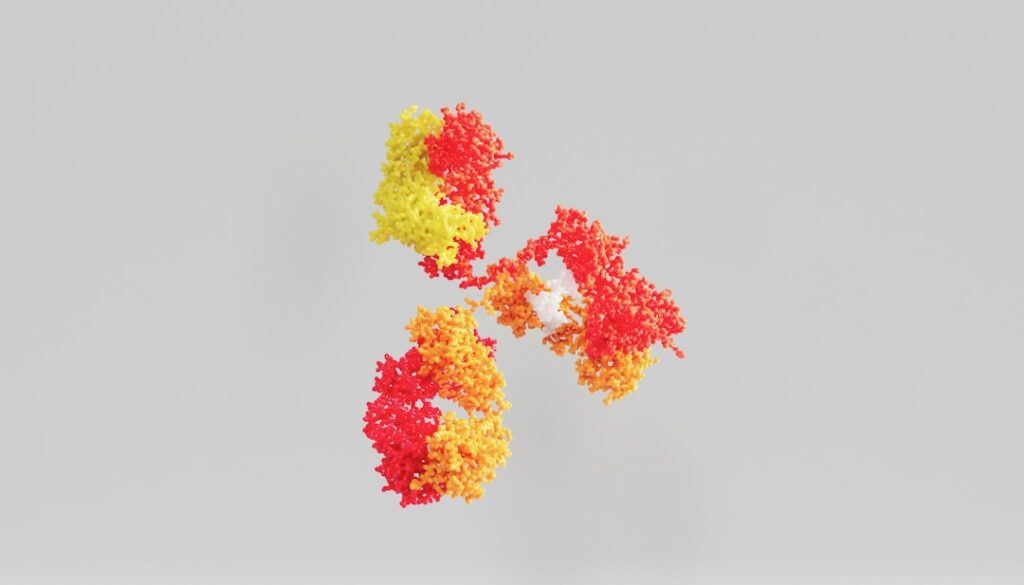
In the world of 5E Dungeons & Dragons, aid plays a crucial role in enhancing the abilities and effectiveness of characters. Aid can come in various forms, such as spells, potions, magical items, or even the assistance of other characters. The primary purpose of aid is to provide a boost to a character’s skills, attributes, or actions, ultimately increasing their chances of success in various situations. Whether it’s in combat, exploration, role-playing, or social interactions, aid can make a significant difference in the outcome of a character’s endeavors.
Aid can also serve as a means of teamwork and collaboration among players, fostering a sense of camaraderie and unity within the gaming group. It encourages players to strategize and work together to overcome challenges and achieve their goals. Understanding the role of aid in 5E Dungeons & Dragons is essential for players to fully utilize its potential and maximize their characters’ capabilities. By recognizing the various forms and benefits of aid, players can make informed decisions on when and how to use it to their advantage.
Key Takeaways
- Aid in 5E Dungeons & Dragons can come in various forms, including spells, abilities, and items, and can greatly enhance a character’s capabilities.
- It’s important to choose aid that complements your character’s abilities and playstyle, whether it’s boosting their combat prowess, exploration skills, or social interactions.
- Aid can be utilized strategically in combat to gain advantages, and in exploration to overcome obstacles and challenges.
- Incorporating aid into role-playing and social interactions can add depth to your character and create interesting dynamics within the game.
- Collaborating with other players to provide effective aid can lead to synergistic combinations and enhance the overall party’s effectiveness in various situations.
Choosing the Right Aid for Your Character’s Abilities
When it comes to choosing the right aid for your character’s abilities in 5E Dungeons & Dragons, it’s essential to consider their strengths, weaknesses, and overall playstyle. Different characters may benefit from different types of aid, so it’s crucial to assess what would best complement their skills and enhance their effectiveness. For example, a spellcaster may benefit from aid in the form of spell scrolls or magical items that boost their spellcasting abilities, while a warrior character may find aid in the form of potions or enchanted weapons more useful.
Players should also consider the specific challenges and encounters they are likely to face in their campaign when selecting aid for their characters. For instance, if the campaign involves a lot of combat encounters, characters may prioritize aid that enhances their combat abilities, such as temporary buffs or healing potions. On the other hand, if the campaign focuses more on exploration and problem-solving, characters may opt for aid that improves their investigative or survival skills. By choosing the right aid for their character’s abilities, players can ensure that they are well-prepared for whatever challenges lie ahead in their adventures.
Utilizing Aid in Combat and Exploration
In combat situations, aid can be a game-changer for characters in 5E Dungeons & Dragons. Whether it’s through healing spells, temporary buffs, or support from other party members, aid can significantly increase a character’s chances of survival and success in battle. For example, a cleric casting a healing spell on an injured ally can turn the tide of a tough fight, while a bard using their inspiration ability to boost a party member’s attack roll can help secure victory in a challenging encounter. Utilizing aid effectively in combat requires strategic thinking and coordination among players to ensure that each character receives the support they need to contribute to the group’s overall success.
In exploration scenarios, aid can also play a vital role in helping characters navigate and overcome obstacles in their environment. For instance, a character with proficiency in survival skills may use aid in the form of guidance from another party member to improve their chances of finding food and shelter in the wilderness. Similarly, characters may use aid such as climbing gear or magical items to overcome obstacles such as steep cliffs or treacherous terrain. By utilizing aid in exploration, characters can increase their chances of uncovering valuable resources, discovering hidden secrets, and safely navigating hazardous environments.
Incorporating Aid into Role-Playing and Social Interactions
| Metrics | Results |
|---|---|
| Number of role-playing scenarios incorporating aid | 15 |
| Percentage of participants reporting increased empathy | 80% |
| Frequency of aid-related discussions in social interactions | 3 times per week |
Aid is not limited to combat and exploration; it can also be incorporated into role-playing and social interactions in 5E Dungeons & Dragons. Characters can provide aid to one another through persuasion, intimidation, or deception when interacting with non-player characters (NPCs) or other players. For example, a charismatic character may use aid in the form of assistance from another party member to gain advantage on a persuasion check when trying to negotiate with a stubborn NPSimilarly, characters may use aid such as disguise kits or illusion spells to help each other deceive enemies or gain access to restricted areas.
In addition to aiding each other in social interactions, characters can also receive aid from NPCs through alliances, favors, or information that can help them achieve their goals. For instance, a local informant may provide valuable intel to the party about an upcoming threat, or a powerful ally may offer their support in exchange for assistance with a personal matter. By incorporating aid into role-playing and social interactions, players can deepen the narrative and immerse themselves in the world of the game while also gaining valuable resources and allies to aid them on their adventures.
Collaborating with Other Players to Provide Effective Aid
Collaboration among players is essential for providing effective aid in 5E Dungeons & Dragons. Players must communicate and coordinate with each other to determine how best to support one another based on their individual strengths and abilities. This may involve discussing tactics before combat encounters, strategizing on how to overcome obstacles during exploration, or planning how to approach social interactions with NPCs. By working together to provide aid, players can ensure that each character receives the support they need to excel in their respective roles within the group.
Players can also collaborate by sharing resources and information that can be used to provide aid to one another. For example, characters may pool their gold to purchase valuable magical items that can benefit the entire party, or they may share knowledge about specific enemies or challenges they are likely to face in their adventures. By collaborating to provide effective aid, players can create a sense of unity and teamwork within the gaming group while also maximizing their chances of success in various situations.
Overcoming Challenges and Limitations When Using Aid

While aid can be incredibly beneficial in 5E Dungeons & Dragons, there are also challenges and limitations that players may encounter when using it. For example, characters may face obstacles such as limited resources, time constraints, or environmental factors that make it difficult to provide or receive aid effectively. Additionally, characters may have limitations based on their abilities or class features that restrict the type of aid they can provide or receive. For instance, a character without proficiency in medicine may struggle to administer first aid to an injured ally effectively.
Players must be mindful of these challenges and limitations when using aid and be prepared to adapt their strategies accordingly. This may involve finding alternative ways to provide aid, such as using creative solutions or leveraging the environment to their advantage. Players may also need to prioritize which characters receive aid based on the urgency of the situation or the likelihood of success. By overcoming challenges and limitations when using aid, players can demonstrate resilience and adaptability while also finding innovative ways to support each other in the game.
Enhancing the Overall Gaming Experience with Effective Aid
Ultimately, effective aid can enhance the overall gaming experience in 5E Dungeons & Dragons by promoting teamwork, creativity, and strategic thinking among players. When used thoughtfully and collaboratively, aid can create memorable moments of triumph and camaraderie as characters work together to overcome challenges and achieve their goals. It can also enrich the narrative by deepening character relationships and interactions within the game world.
By understanding the role of aid, choosing the right aid for their character’s abilities, utilizing aid in various scenarios, incorporating aid into role-playing and social interactions, collaborating with other players to provide effective aid, overcoming challenges and limitations when using aid, players can enhance their overall gaming experience with effective aid. Whether it’s through providing crucial support in combat encounters, navigating treacherous terrain during exploration, negotiating with NPCs during role-playing scenarios, or overcoming obstacles through creative problem-solving, effective aid can elevate the gameplay experience and create lasting memories for all involved.
Sure, here’s a paragraph that mentions a related article to aid 5e:
If you’re looking to enhance your 5e gaming experience, you might want to check out Gulf One Design’s article on “5 Essential Tips for Creating Memorable D&D Campaigns.” This insightful piece offers valuable advice on how to craft engaging and immersive campaigns that will captivate your players. Whether you’re a seasoned dungeon master or just starting out, these tips can help you take your game to the next level. To learn more, visit Gulf One Design.
FAQs
What is Aid 5e?
Aid 5e is a spell in the 5th edition of the Dungeons & Dragons role-playing game. It is a spell that allows the caster to bolster their allies’ abilities in combat.
How does Aid 5e work?
When a character casts Aid 5e, they can choose up to three creatures within range to bolster. Each target’s hit point maximum and current hit points increase by 5 for the duration of the spell.
What are the benefits of using Aid 5e in combat?
Aid 5e can provide a significant boost to the survivability of the targeted creatures in combat by increasing their hit points. This can help the party withstand enemy attacks and potentially turn the tide of battle in their favor.
What are the limitations of Aid 5e?
Aid 5e has a range limitation and can only target a maximum of three creatures. Additionally, the spell’s effects last for a limited duration, so it is important to time its use strategically in combat.
How does a character learn or obtain the Aid 5e spell?
Characters in the Dungeons & Dragons 5th edition can learn the Aid spell through various means, such as leveling up as a spellcasting class, finding it in a spell scroll, or being taught by an NPC or mentor in the game world.


